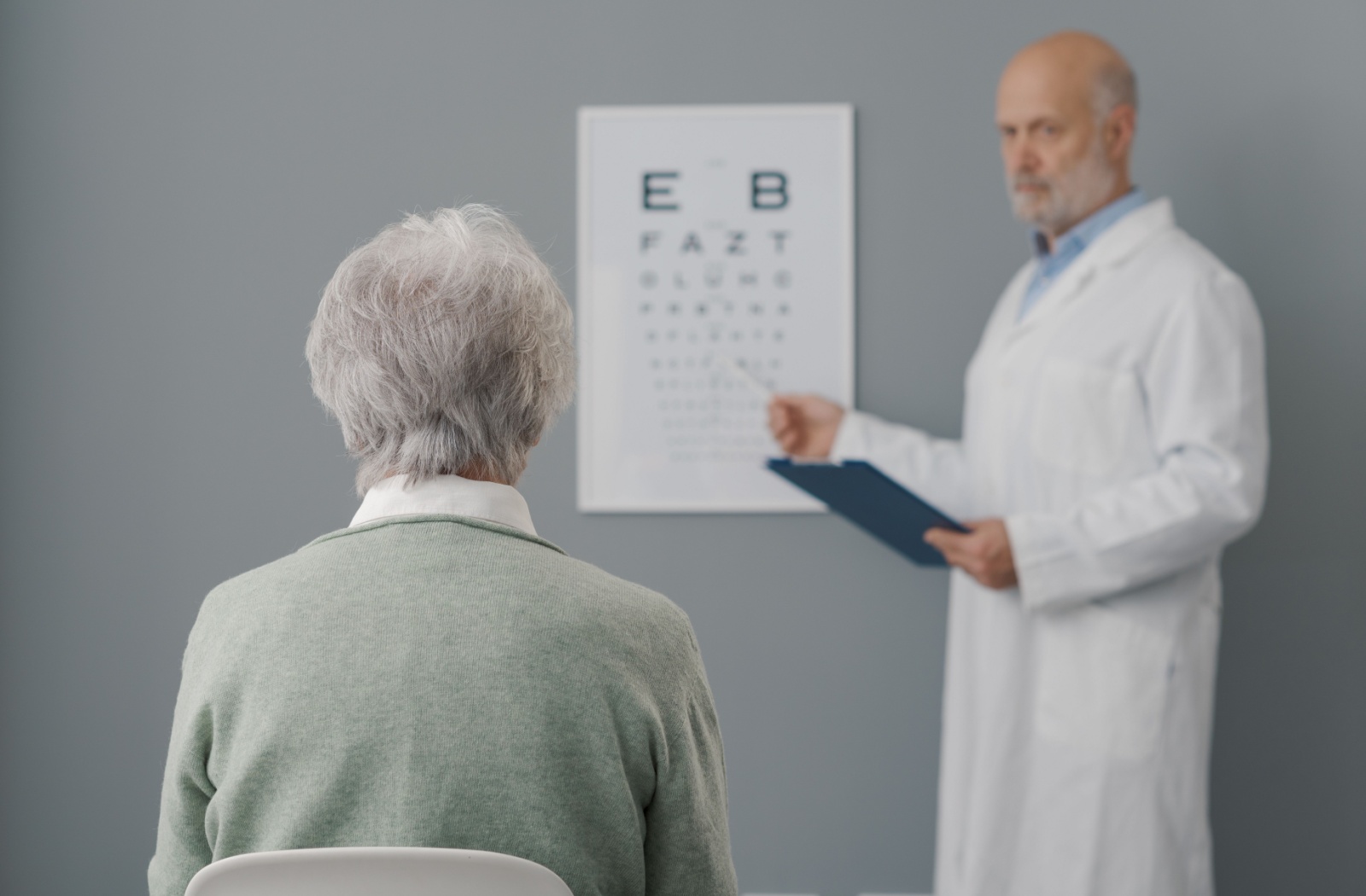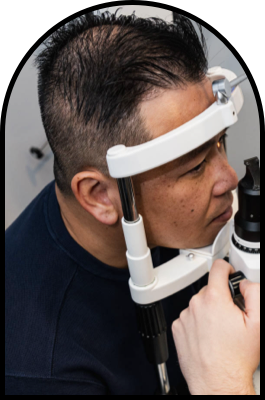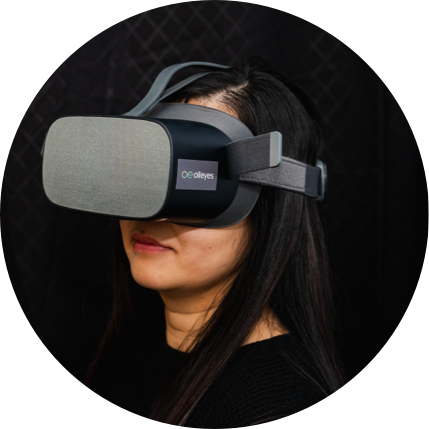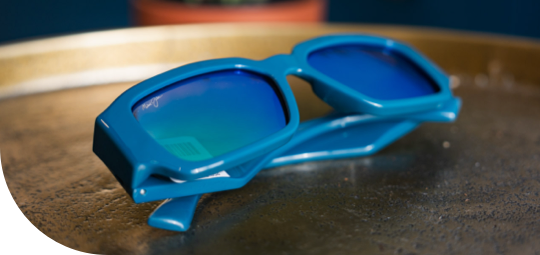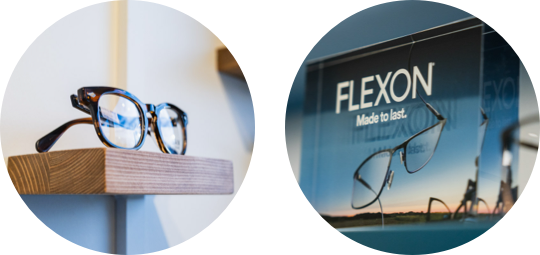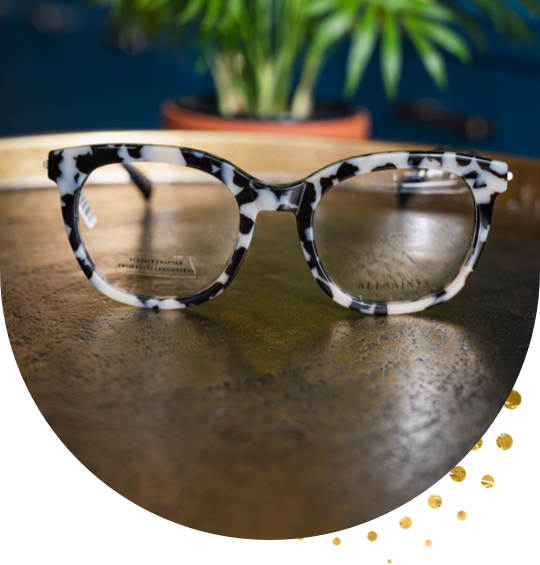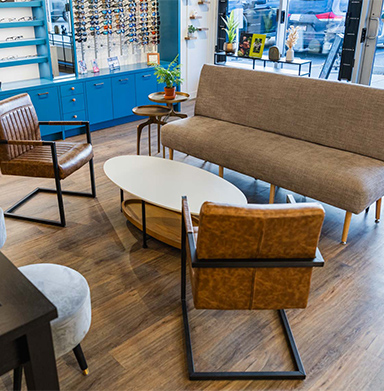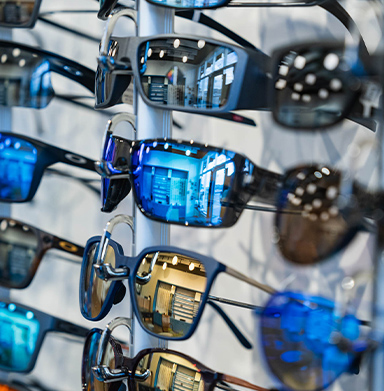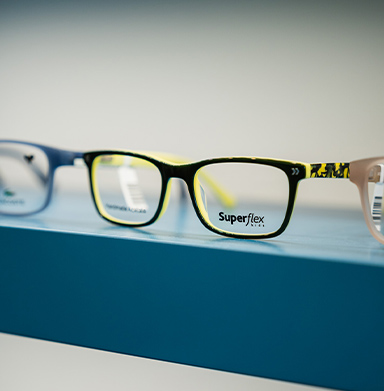Our visual acuity determines how clear and sharp we see the world around us. High visual acuity allows individuals to perceive fine details, which is helpful for tasks that require precision.
The numbers in visual acuity measurements represent a ratio. The first number is the distance you see an object clearly, while the second is the distance at which someone with 20/20 vision can see the same object.
A ratio of 20/40 means that you can see at 20 feet what a person with 20/20 vision can see at 40 feet. Having 20/40 is not bad; it just means that your visual clarity is not as sharp as someone with 20/20 vision.
Understanding Visual Acuity
Visual acuity refers to the clarity or sharpness of your vision. It measures how well you can see details at a specific distance.
Visual acuity helps with daily functioning and overall quality of life. It can affect various activities, including reading, driving, and recognizing faces. High visual acuity allows individuals to perceive fine details, which is helpful for tasks that require precision.
Assessing your visual acuity goes hand in hand with evaluating your vision prescription and ocular health during your routine eye exam.
Measuring Visual Acuity
Determining your visual acuity is usually done using a Snellen chart. This is the all-familiar eye chart you see during your visit to the eye doctor. It displays rows of letters that get progressively smaller.
Your vision is considered sharp if you can read the smallest letters 20 feet away without glasses or contacts. If you struggle to read those letters, your visual acuity score might be lower, indicating your eyesight is not as clear. Essentially, better visual acuity means you see more details, while lower visual acuity suggests your sight may be blurry or unclear.
By reading the chart, your optometrist can assess how well you see at various distances without corrective lenses. Each line on the chart corresponds to a specific visual acuity level. The values derived from this test, such as 20/20 or 20/40, are standardized measures.
To understand what 20/40 vision means, it is helpful to compare it to the standard 20/20 vision.
If you have 20/40 vision, your eyesight is not as sharp as someone with 20/20 vision. Essentially, you need to be closer to an object to see it clearly compared to someone with 20/20 vision.
20/20 means you can see objects clearly at 20 feet, which is the standard distance for determining visual clarity. Having 20/20 vision indicates no significant refractive error affecting your distance vision.
The numbers in visual acuity measurements represent a ratio.
The first number is the distance you see an object clearly, while the second is the distance at which a person with 20/20 vision can see the same object. For example, if you have 20/40 vision, you can see at 20 feet what a person with 20/20 vision can see at 40 feet.

Visual Acuity vs Refractive Error
While visual acuity and refractive errors explain the quality of your vision, they are not the same. Visual acuity measures the clarity and sharpness of your vision at a specific distance, whereas refractive errors describe the underlying issue causing blurred vision.
Refractive errors, like myopia, hyperopia, and astigmatism, occur when the shape of your eye prevents light from focusing directly on the retina, resulting in blurry vision. Refractive errors can affect visual acuity and often require corrective lenses for clear vision.
Having 20/40 vision does not necessarily mean that you are nearsighted. It simply indicates that your vision is not as sharp as the typical 20/20 standard.
Improving Visual Acuity
Like refractive errors, visual acuity is influenced by genetics, eye health, and age and can be improved.
Improvements in refractive error can improve visual acuity. Corrective lenses or surgeries can correct refractive errors, improving vision clarity.
These tools help focus light correctly onto the retina, allowing for sharper images and improved detail recognition. For people with 20/40 vision, wearing glasses can help achieve 20/20 vision.
Additionally, if your visual challenges are linked to myopia, myopia control therapies can improve your 20/40 visual acuity.
These therapies aim to slow the progression of myopia, which may allow for more stable and clear vision over time. Common methods of myopia management include:
- Low-dose atropine drops: These drops are most suitable for most children and temporarily dilate the pupil to relax the eye’s focusing ability.
- Orthokeratology lenses: These lenses flatten the cornea, adjusting the eye’s focusing power and slowing eye elongation in children and young adults.
- Multifocal eyeglasses: These can help improve peripheral focus and reduce eye strain and elongation in children.
It is important to understand that myopia control therapies may not improve your visual acuity if your 20/40 vision is due to factors other than myopia, like astigmatism or presbyopia. Therefore, it is necessary to consult with your eye doctor to determine whether these therapies will be suitable for you.
Schedule an Appointment
Visual acuity determines how clear and sharp we can see the world around us. We can improve our visual acuity by correcting refractive errors with corrective lenses or surgeries. Or, if applicable, by using myopia control therapies.
Connect with our team at Chestermere Optometry to schedule an appointment.


